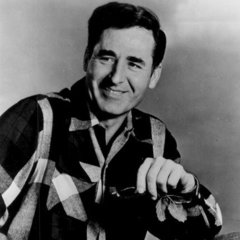
On the nature and utility of 'goal posts' in meditative and energetic practice
By
Wilhelm, in General Discussion
On the nature and utility of 'goal posts' in meditative and energetic arts
26 members have voted
-
1. How do you view the classical descriptions of accomplishment in the meditative and/or energetic arts that you practice? (i.e. Arhatship, Immortality, Rainbow Body etc. or even any of the Siddhi)
-
The classics give literal descriptions of the various attainments10
-
The classics give metaphorical or at least non-literal descriptions of the various attainments4
-
I don't know7
-
Other5
-
